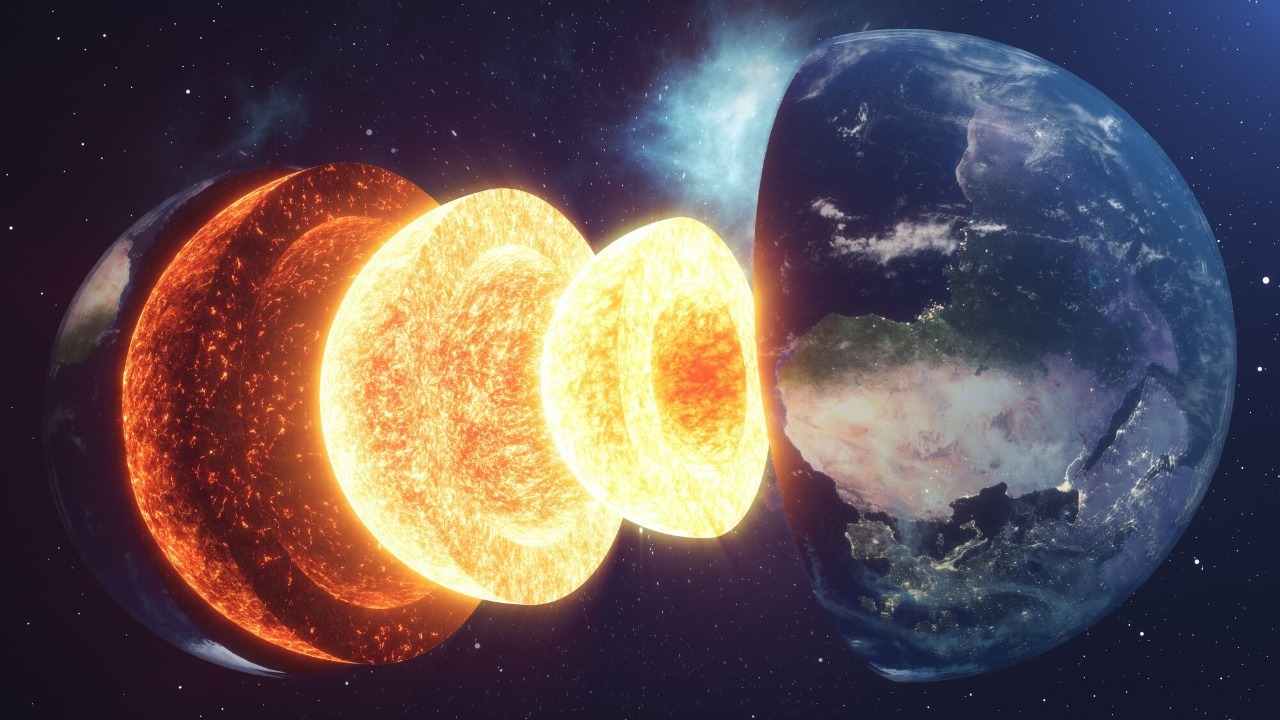
Recent scientific investigations have unearthed remnants of a lost planet concealed deep within Earth’s mantle, potentially elucidating enigmatic structures beneath our planet’s surface. These remnants, identified by geologists as possible traces of an ancient planet, include two colossal anomalies that defy traditional models of Earth’s formation. Further analysis suggests the existence of submerged worlds and remnants of ‘Proto Earth’ embedded deep beneath the surface, revolutionizing our understanding of planetary history.
Discovery of Mantle Anomalies
Through seismic imaging techniques, scientists initially detected two giant anomalies in Earth’s mantle. These anomalies were first mapped as unusually dense regions spanning thousands of kilometers, a scale preserved from geophysical surveys. The role of global seismology networks was instrumental in revealing these hidden features, which were unexpectedly present in the lower mantle.
Evidence for an Ancient Planetary Collision
Seismic wave disruptions suggest that these anomalies are fragments from a proto-Earth impactor, possibly remnants of ‘Proto Earth’. Geochemical signatures in mantle rocks match the compositions of ancient planetary bodies rather than Earth’s original material, further supporting this hypothesis. Interestingly, the anomalies’ positions under Africa and the Pacific align with theorized collision sites from Earth’s early accretion phase.
Characteristics of the Sunken Worlds
The composition of these ‘sunken worlds’ is intriguing. They are dense, iron-rich blobs that shouldn’t exist in the current mantle structure. Their size, estimated to be larger than the Moon, and their stable positioning at depths of about 1,800 miles below the surface, add to their mystery. Anomalous seismic velocities through these regions indicate materials with distinct primordial origins.
The Lost Planet Hypothesis
The theory that a lost planet collided with proto-Earth billions of years ago, leaving remnants hidden deep inside Earth’s mantle, is gaining traction. Computer simulations support this theory by reconstructing collision dynamics that embed planetary cores into the mantle. Alternative explanations, such as subducted oceanic crust, fail to account for the anomalies’ unique properties.
Implications for Earth’s Formation
These remnants of a mysterious ancient planet challenge the giant impact hypothesis for the Moon’s formation. They could also influence Earth’s core-mantle boundary dynamics and long-term heat distribution. Furthermore, similar remnants might exist on other terrestrial planets, suggesting broader solar system parallels.
Methods and Technological Advances
Advancements in tomography and AI-driven data analysis have enabled the discovery of these deep mantle features. Ongoing sampling efforts, like drilling projects, aim to verify the anomalies’ compositions indirectly through volcanic upwellings. International collaborations, including contributions from seismic arrays in multiple continents, have been instrumental in piecing together the evidence.
More from MorningOverview